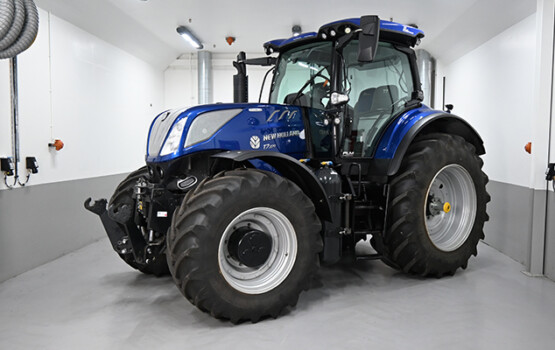Portal for more climate-friendly mobility
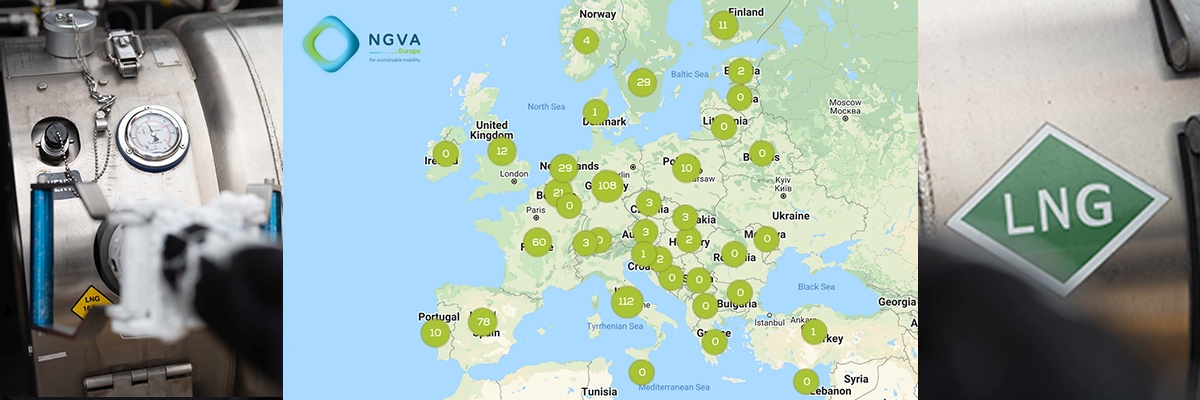
Filling station network massively expanded
The number of CNG and LNG filling stations continues to grow throughout Europe. Even more gratifying: there is a steadily increasing share of biogas in the fuel pumps, too.
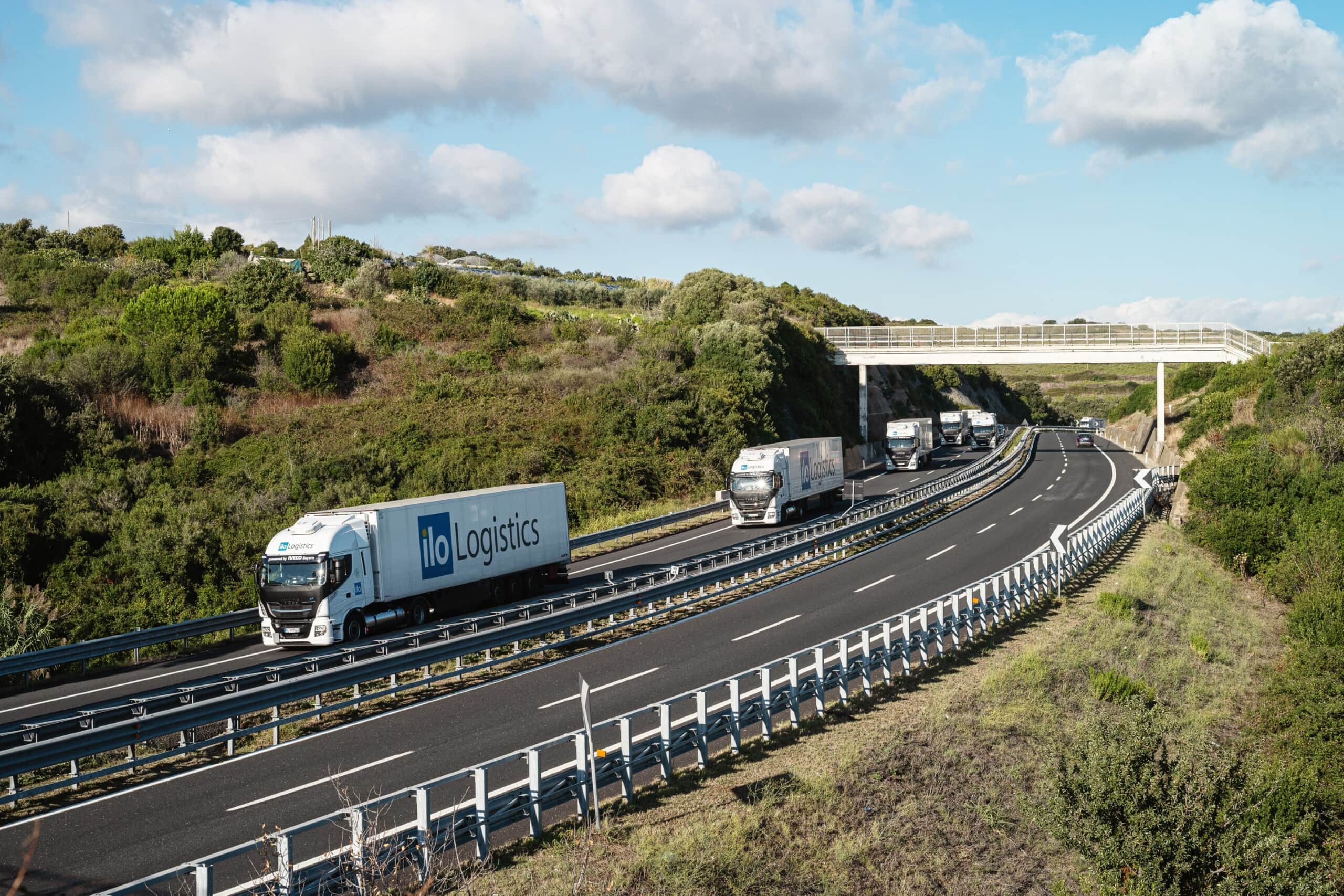 More and more trucks powered by CNG or LNG are on Europe’s roads. Source: Future Gas Jonas Friedrich
More and more trucks powered by CNG or LNG are on Europe’s roads. Source: Future Gas Jonas Friedrich
“We’ve reached the milestone of 500 LNG stations in Europe,” says Jens Andersen, Secretary General of NGVA Europe. The European LNG network of filling stations is growing exponentially, having doubled in just two years. LNG is the abbreviation for Liquefied Natural Gas (Liquefied CNG), which is mainly used for freight transport and heavy goods transport. The countries with the highest number of LNG filling stations are currently Italy with 112, Germany with 108, Spain with 79 and France with 60. There are three LNG filling stations in Switzerland at the present time.
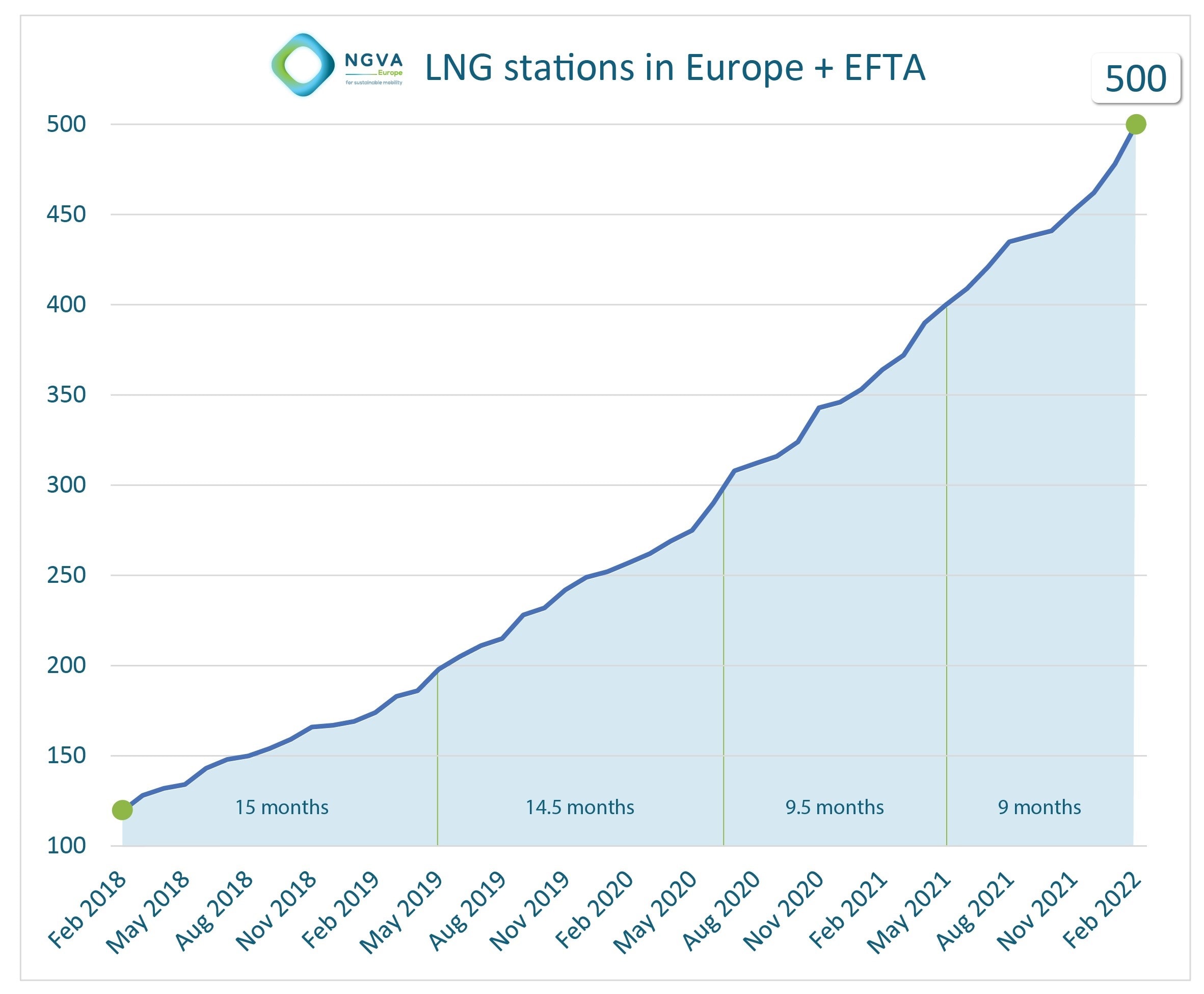 Source: NGVA Europe
Source: NGVA Europe
The enormous increase in refuelling opportunities is reflected in the registration figures for LNG vehicles. “We’re proud to have reached this important milestone of 500 LNG filling stations in Europe. It’s proof that LNG is both widely accepted and also available as a vehicle fuel,” said Andersen. “The ‘N’ in LNG can easily be replaced with an ‘R’ or a ‘B’, too, since the proportion of ‘R’enewable gas and also ‘B’iogas in the fuel mix has increased.”
The high proportion of biogas in the network of CNG filling stations – which is also growing – is just as pleasing as the increasing number of LNG filling options, which is particularly important for heavy goods transport. More than a quarter of the gas used in road traffic is now renewable, and an amazing 4,410 CNG filling stations in Europe offer biogas at the pumps.
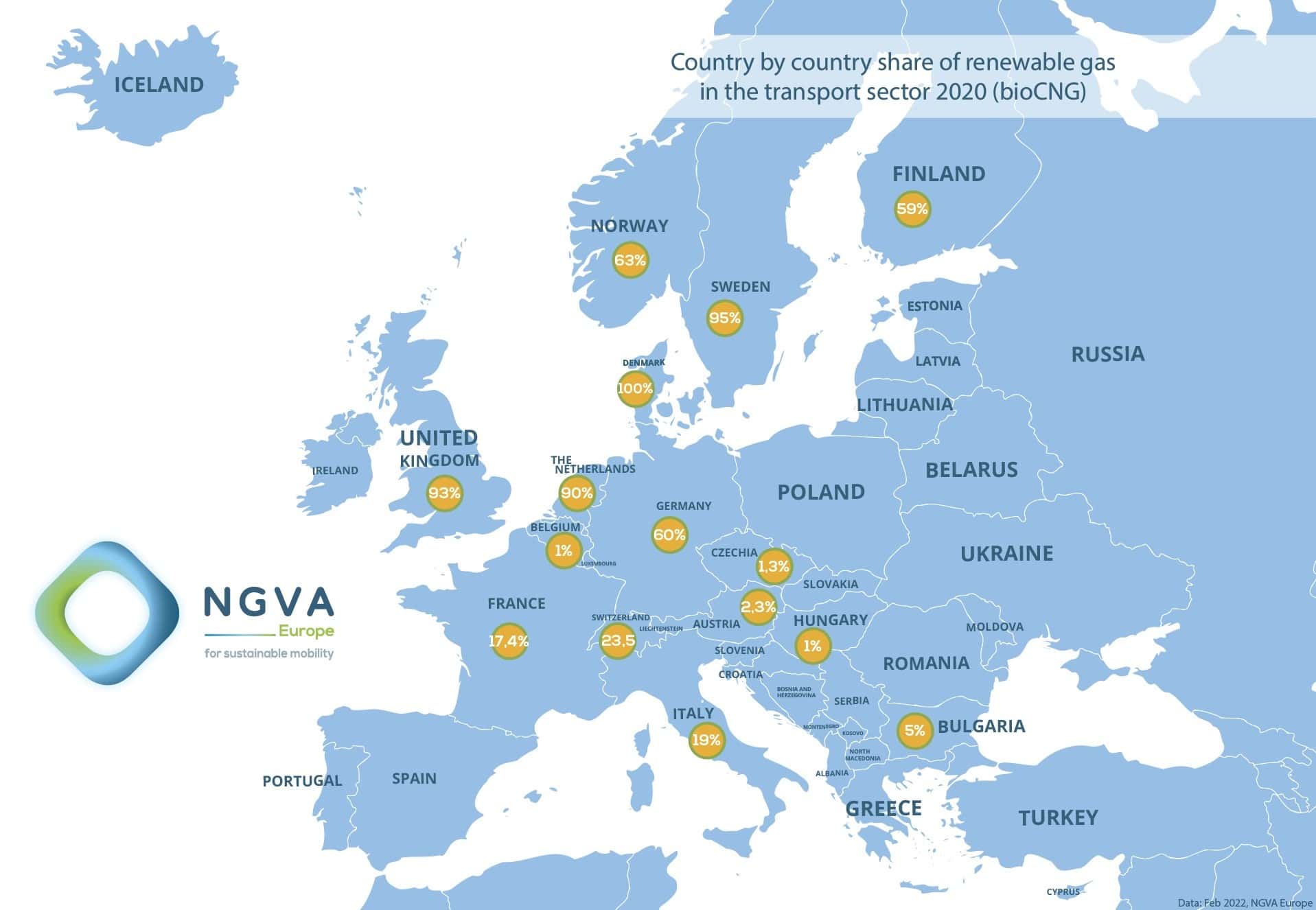
Source: NGVA Europe
The leading countries offering biogas two years ago were Denmark and Sweden. They delivered 100 % and 95 % biogas to users at their 17 and 205 CNG stations respectively. By contrast, Italy only offered 19 % biogas at its fuel pumps, for example. This resulted in a Europe-wide share of biogas of 25.10 %. At 23.5 % in 2020, Switzerland was still slightly below the European average. But the Swiss gas industry aims to achieve a share of 30 % of biogas by as early as 2030.
This should be possible, as there is currently a significantly higher quantity of biogas available across Europe than in 2020, including large amounts of bio-LNG, too. The main reason for this is sustainable production paths based on a circular economy. The EU Commission estimates that at least 44 billion cubic metres or 467 TWh of biogas and biomethane will be available by 2030. And the “Gas for Climate” study goes so far as to predict 95 billion cubic metres, or 1020 TWh, by 2050.
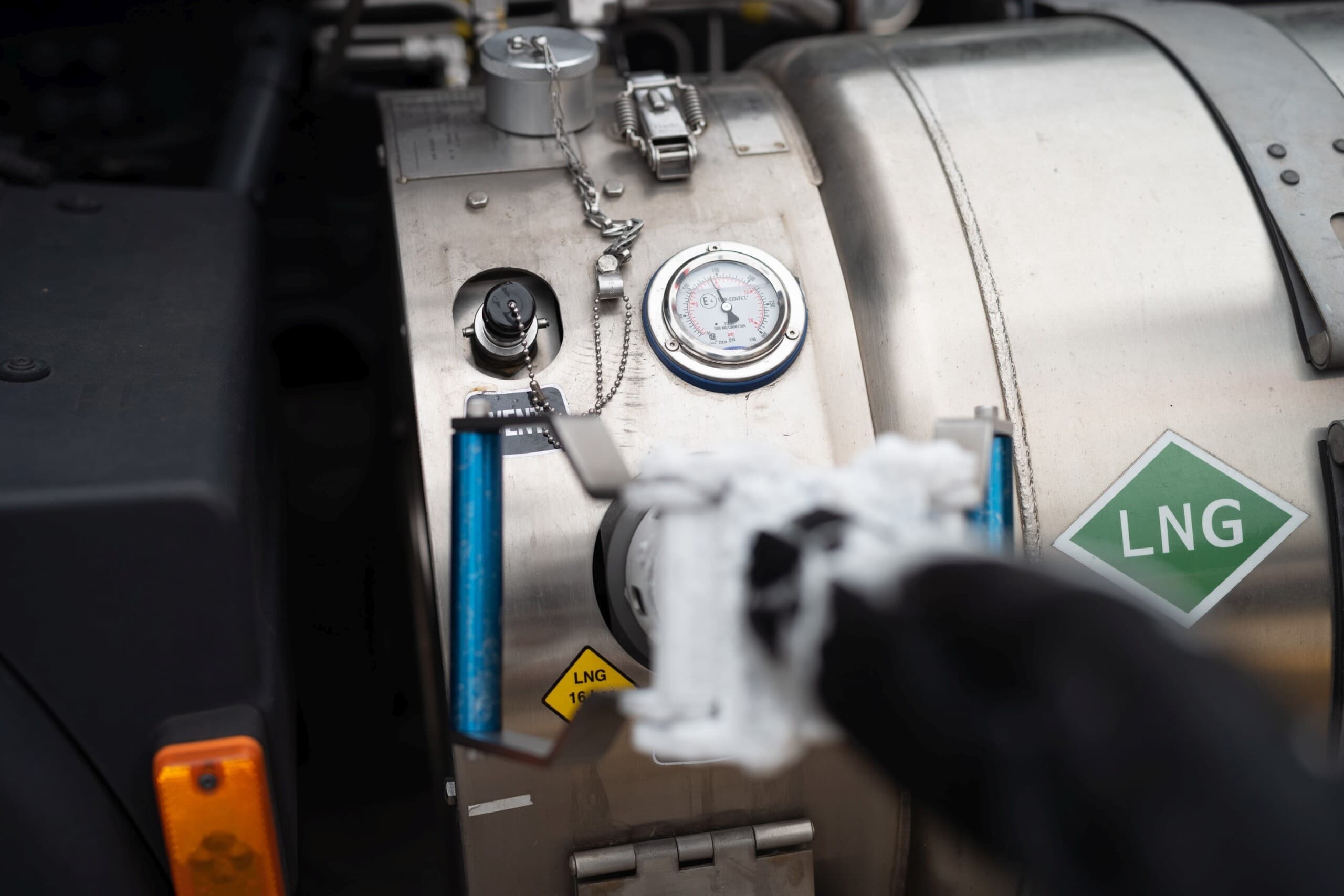 As with CNG, the biogas content of liquefied LNG can be increased to up to 100 percent, thereby converting the drive from fossil to green. Source: Zukunft Gas Jonas Friedrich
As with CNG, the biogas content of liquefied LNG can be increased to up to 100 percent, thereby converting the drive from fossil to green. Source: Zukunft Gas Jonas Friedrich
This is encouraging and opens up prospects for CNG mobility. Both the current gas infrastructure and CNG vehicles are fully compatible with biogas, thereby enabling CO2-neutral mobility at low system costs – even in heavy goods long-distance transport, where the share of bio-LNG is likewise seeing rapid growth. (jas, 24 February 2022)
You might also be interested in
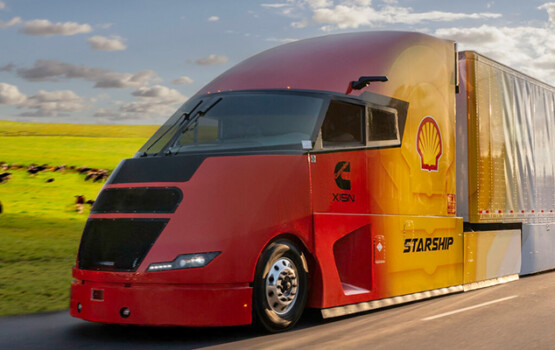
Shell Starship on record hunt
